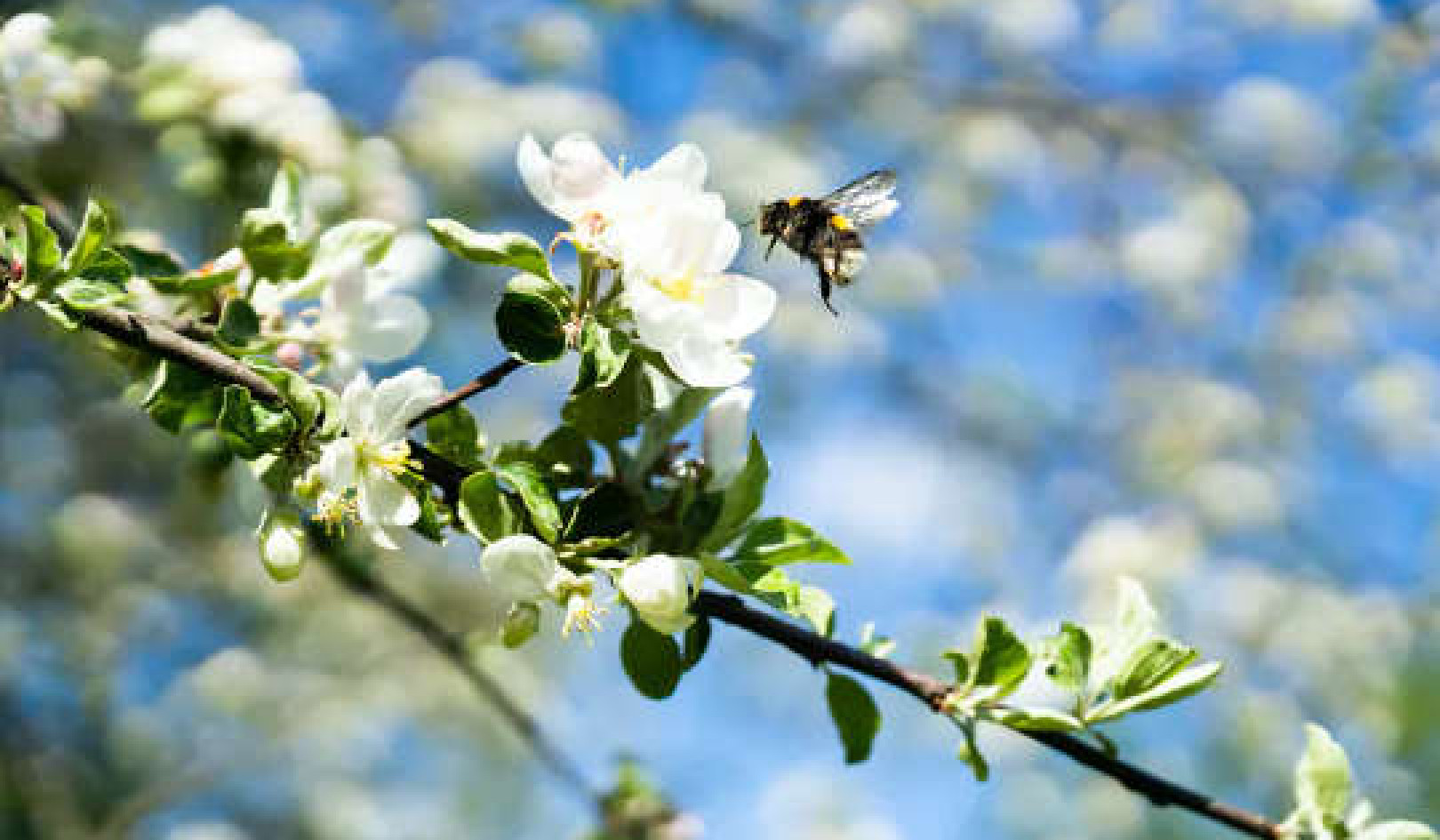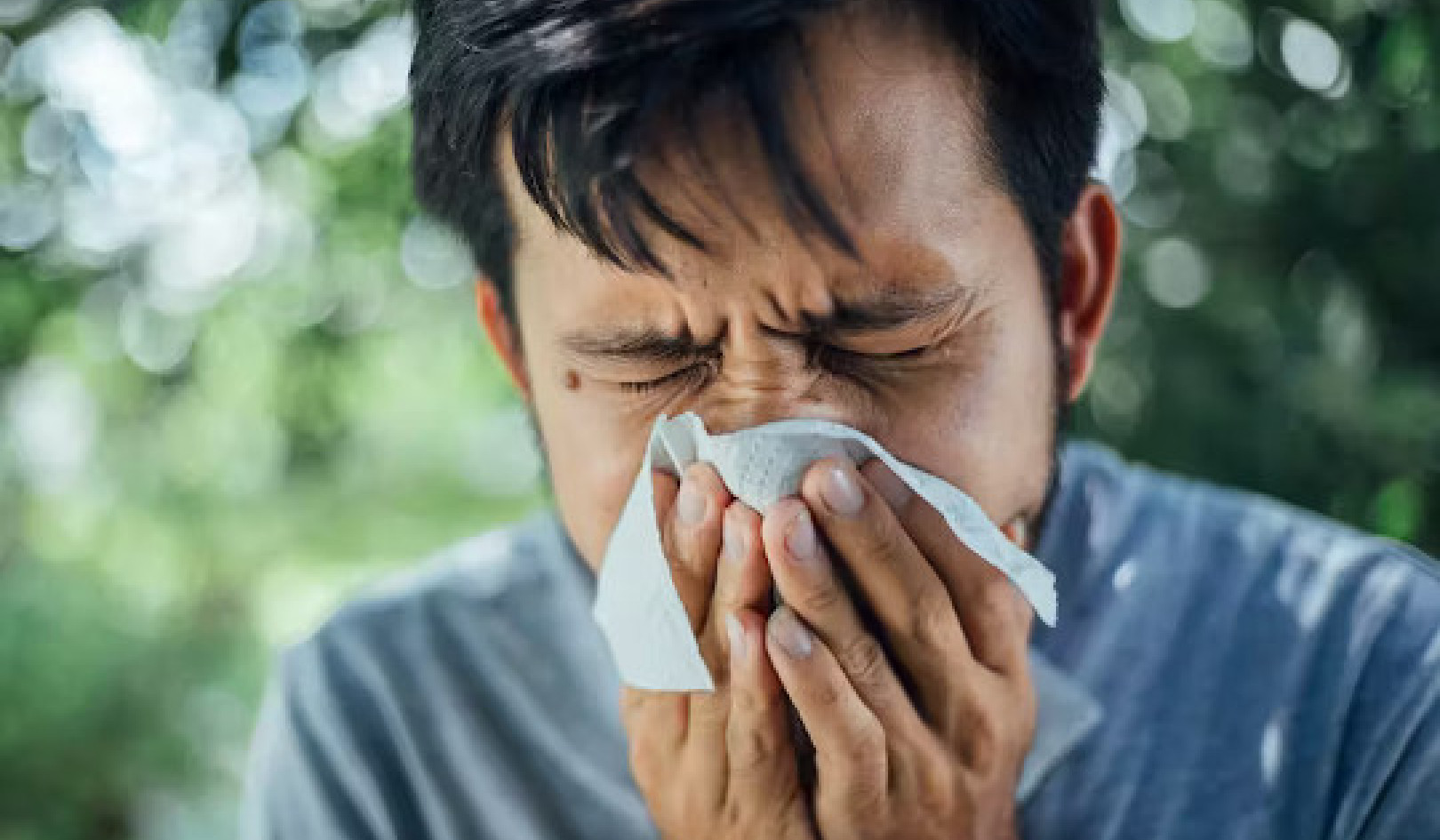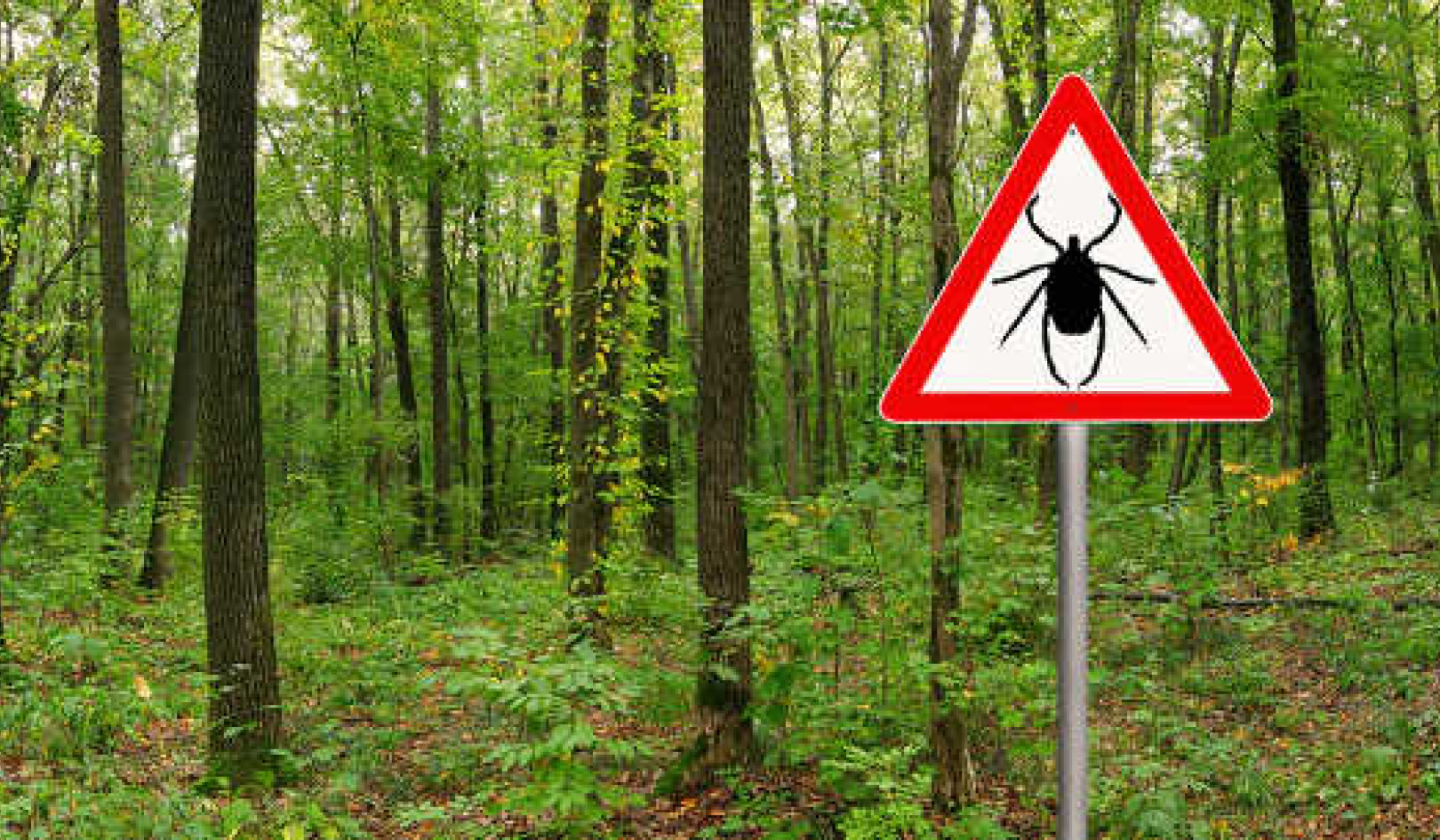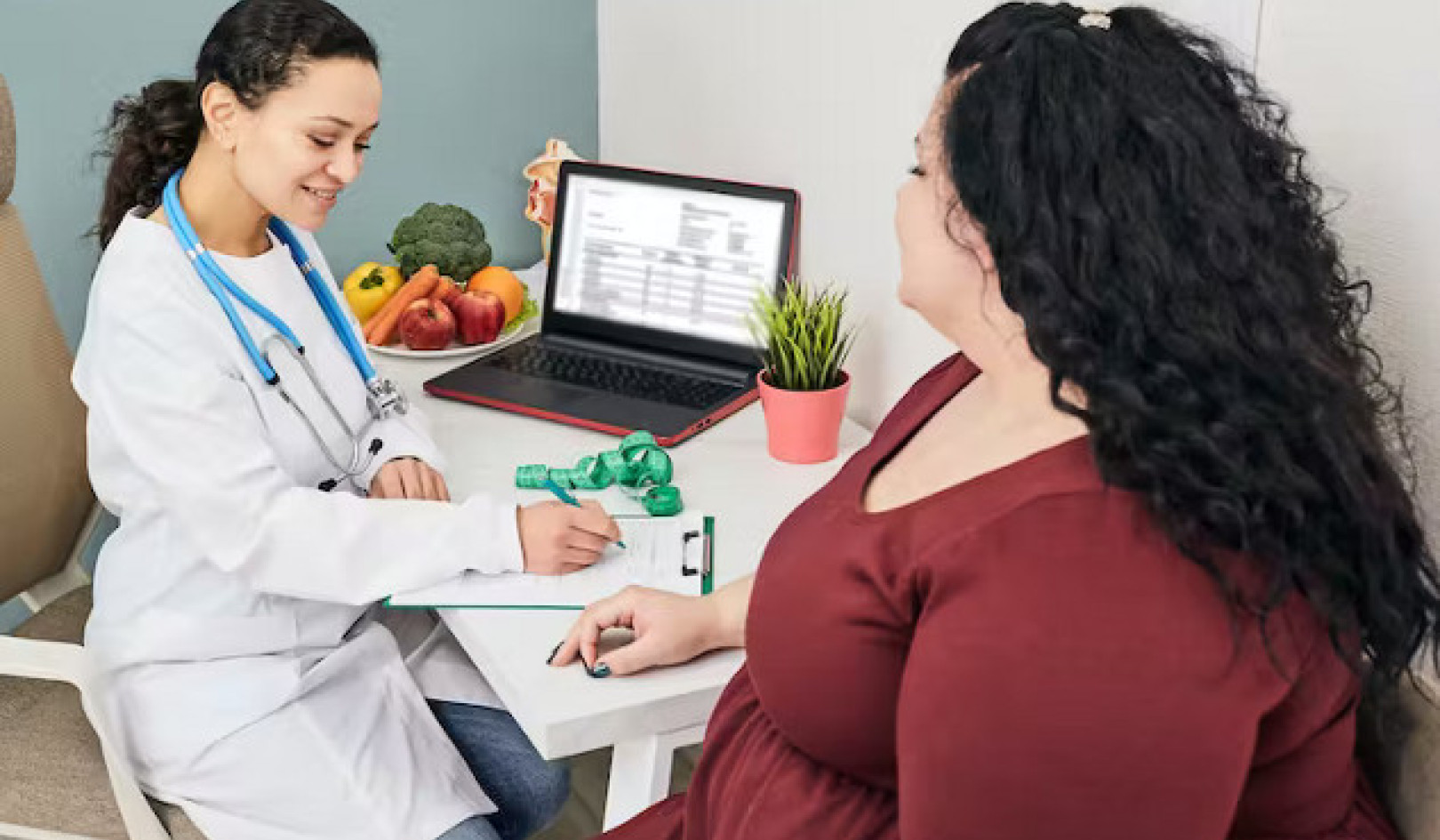Girls star Lena Dunham suffers form endometriosis, a condition that affects one out of every ten women of menstruating age.
This article is part of our series examining hidden women’s conditions. You can read about chronic thrush, pelvic inflammatory disease and other pieces in the series here.
Lena Dunham, creator and star of the television series Girls, yesterday announced she was taking a break from promoting the new season for health reasons. Dunham has been suffering from endometriosis, a disease affecting one out of ten women of menstruating age, since her first period.
After her Facebook announcement, several news outlets published some basic facts about the common yet misunderstood illness. While most got it right, CNN made the incorrect claim that hysterectomy is the “only absolute cure” for the condition – a claim that has since been removed from the site.
Yet CNN retained several incorrect statements, including that endometriosis is a condition mostly affecting women in their 30s and 40s.
Get The Latest By Email
 Any
girl of menstruating age can get endometriosis, which often causes
severe pain. Carnie Lewis/Flickr, CC BY
Any
girl of menstruating age can get endometriosis, which often causes
severe pain. Carnie Lewis/Flickr, CC BY
CNN’s mistakes are unfortunate but not surprising. Endometriosis is typified by a high degree of uncertainty, making even a basic summary difficult. This latest incident is further proof it’s a neglected, gendered and politicised disease that needs to be taken more seriously by academics doctors and others, alike.
What is endometriosis?
Endometriosis is most often defined as a chronic gynaecological condition, where endometrial-type tissue grows outside the uterus.
It can occur in all women of menstruating age. Stating that it affects mainly those in their 30s and 40s is concerning as endometriosis isn’t always suspected or investigated among younger women, and studies consistently show lengthy delays to diagnosis.
If a woman hasn’t fallen pregnant by the end of her menstrual cycle, the tissue lining her uterus sheds (the period). In women with endometriosis, it seems the tissue located outside the uterus also bleeds and swells. Lesions, cysts and nodules can develop, often causing severe cramping, bleeding and pain.
The condition can lead to infertility, although it’s unclear how this occurs.
Although contraceptive pills and, more drastically, removal of the uterus (hysterectomy) can sometimes ease the symptoms, there is currently no cure for endometriosis.
The ‘disease of theories’
According to some, endometriosis is relatively new, first discovered in 1860 by a Bohemian physician named von Rokitansky.
Others think it has affected women for millennia. For instance, the ancient condition of hysteria was the first mental disorder attributed exclusively to women. Hysterical women often exhibited symptoms common to endometriosis. These included nervousness, sexual desire, insomnia, heaviness in the abdomen, muscle spasm, shortness of breath and irritability.
A recent study that re-examined old cases argued women diagnosed as hysterics may have in fact been suffering from endometriosis. The authors wrote that historical neglect of the disease may constitute “one of the most colossal mass misdiagnoses in human history”.
Endometriosis has often been called “the disease of theories” although scholars tend to overlook their significance and the way in which women figure so centrally.
 Women
diagnosed as hysterics may have in fact been suffering from
endometriosis. Jenavieve/Flickr, CC BY
Women
diagnosed as hysterics may have in fact been suffering from
endometriosis. Jenavieve/Flickr, CC BY
Traditionally, endometriosis was known as the “career women’s disease”, based on the assumption that those who neglected their childbearing duties – instead pursuing education or careers – developed it. Although this has now been heavily criticised, the possibility that a woman’s behaviour is somehow a factor in the disease persists.
While there is no evidence to support the claim, women with endometriosis often report being told the disease will be cured if they fall pregnant.
More recent theories have focused on the possible role of environmental toxins and diet. Women are encouraged to eat organic food and avoid apparent risks to their health.
This expectation is especially troubling, burdensome and individualising in its focus. If there is a link between endometriosis and the environment, both industry and government must be asked to investigate and, if necessary, regulate. It should not be left up to the woman.
Meanwhile, women’s health advocates, self-help authors and New Age writers have developed their own ideas. For instance, New Age author Christiane Northrup writes:
When a woman feels that her innermost emotional needs are in direct conflict with what the world is demanding of her, endometriosis is one of the ways in which her body tries to draw her attention to the problem. It is our bodies trying not to let us forget our feminine nature, our need for self nurturance, and our connection with other women.
 Women
who thought too much and neglected childbearing were traditionally
considered to be prone to endometriosis. Rick&Brenda Beerhorst/Flickr, CC
BY
Women
who thought too much and neglected childbearing were traditionally
considered to be prone to endometriosis. Rick&Brenda Beerhorst/Flickr, CC
BY
My own research shows women have heard such theories in many places, including from health professionals and psychiatrists.
We need to take the disease more seriously
A preoccupation with women’s reproductive and lifestyle choices unites these theories.
Most of them reflect and reinforce the idea that women are weak and close to nature and their bodies are designed for reproduction. Any deviation from these apparent norms will invariably jeopardise her health.
Consistent scrutiny of a woman’s reproductive choices, behaviour and psychological profile has an adverse effect on those living with the condition. Women have expressed concern they might be responsible for having caused their disease, also seeing themselves as responsible for curing it.
Many admonish themselves for behaving like “monsters” and “sooks” throughout the menstrual cycle and for not being able to control or manage their menstrual pain.
Theories about endometriosis are often stereotypical and damaging. People who share these rarely make an effort to critically reflect on them or on how they affect women. Clearly, these ways of talking about the disease are harmful to women.
Because we don’t really know what causes endometriosis, we must try harder to explore all the possibilities - not just those that focus on women, imply fault on their part, or are shaped by tired ideas about women’s roles, responsibilities and bodies.
Enclosures
- ^ ()







